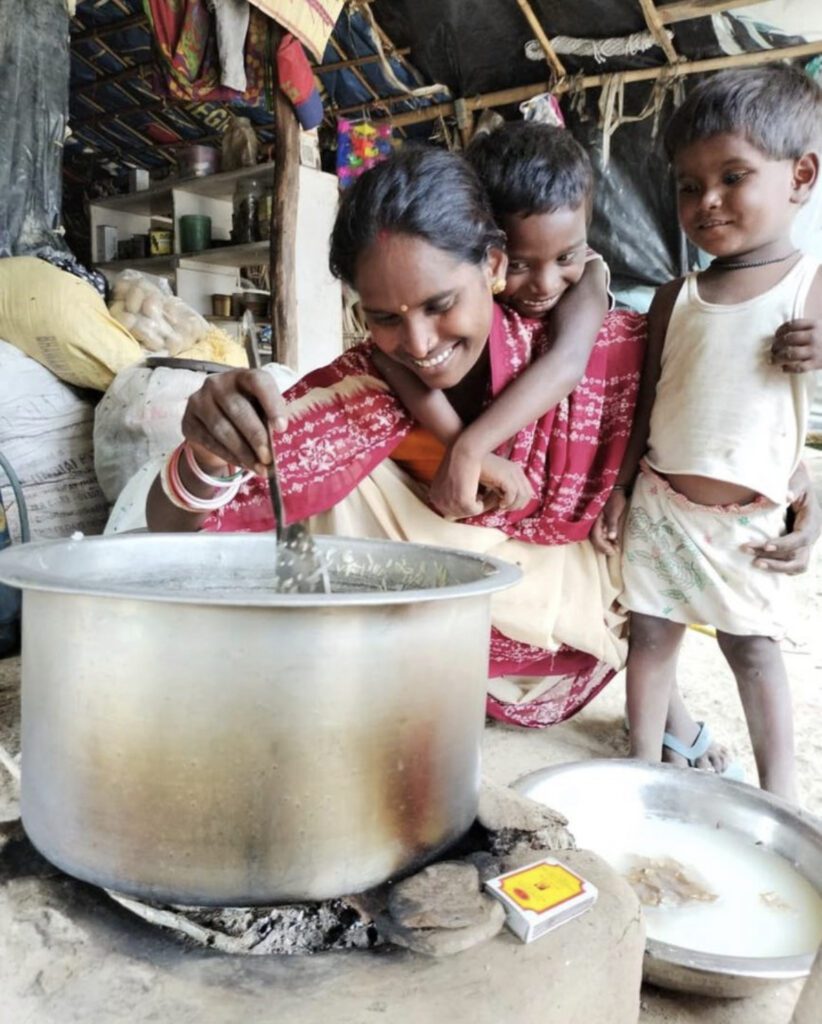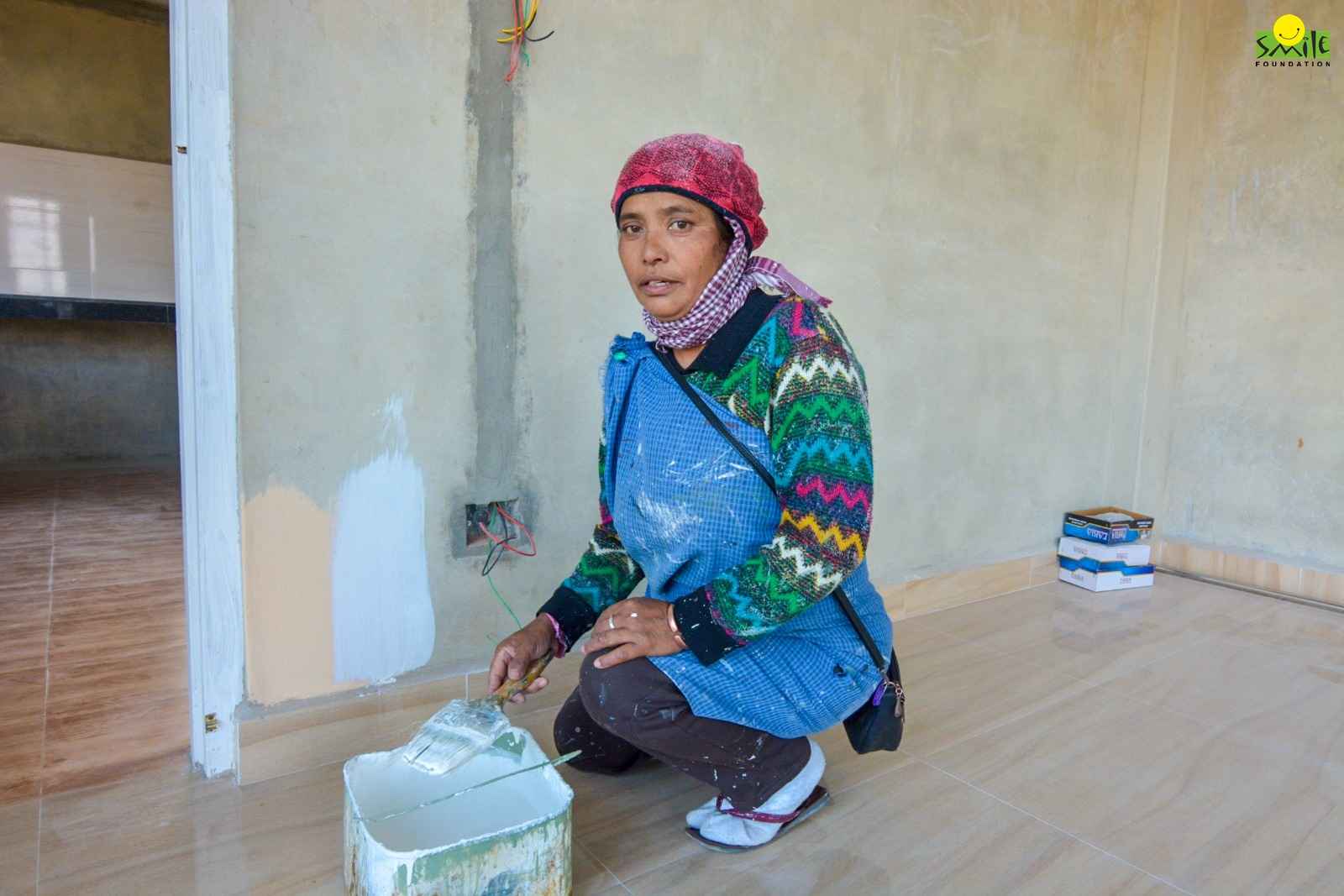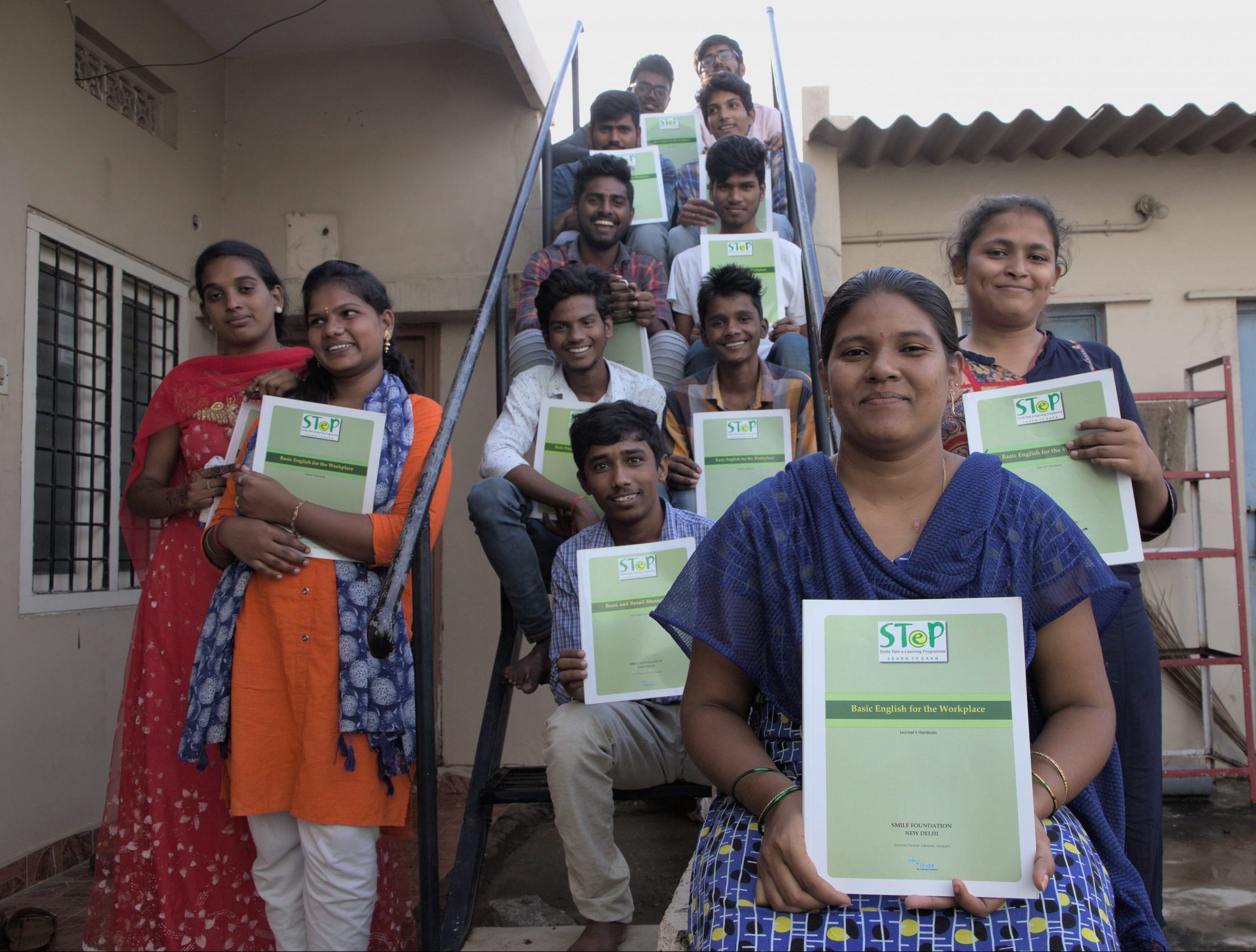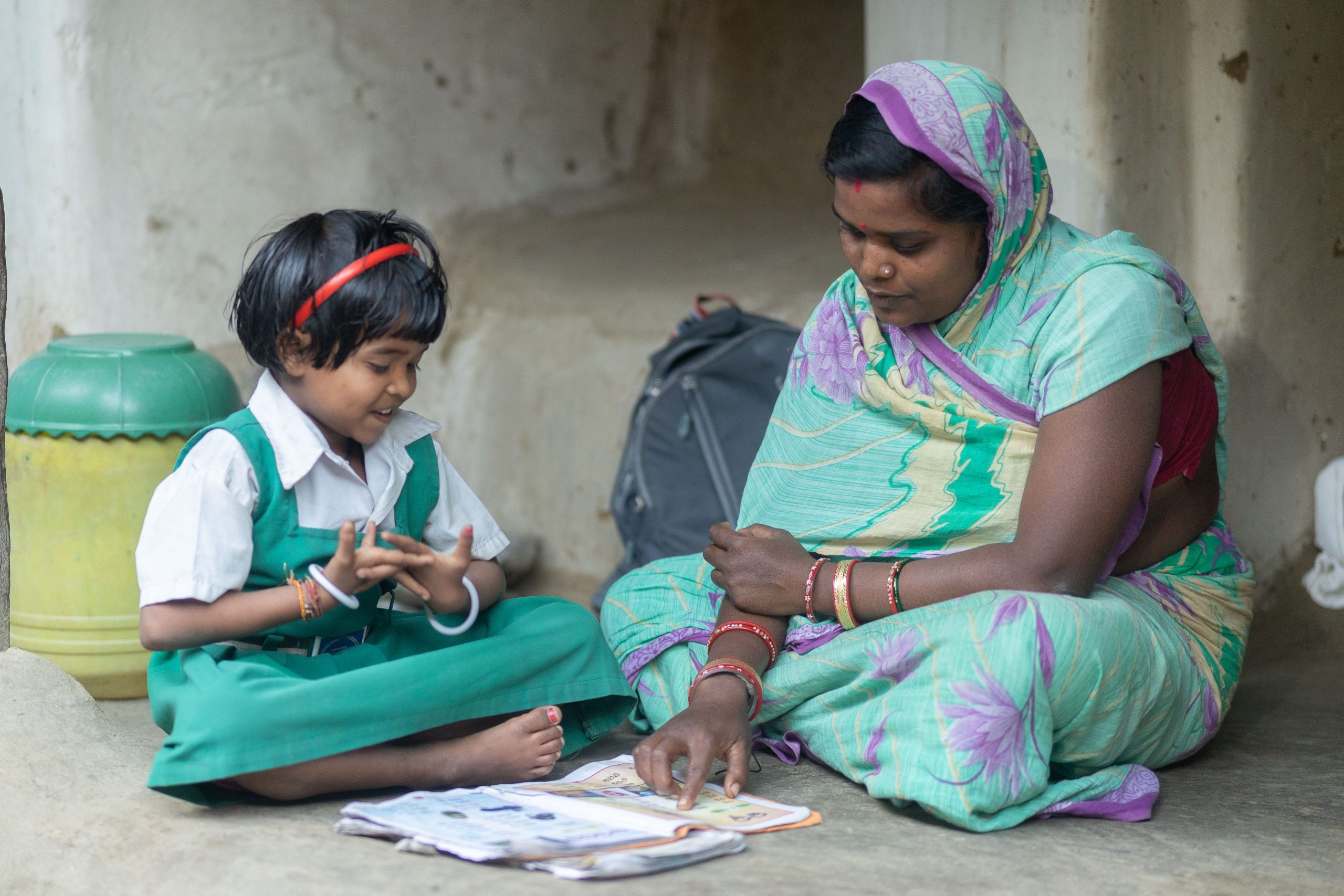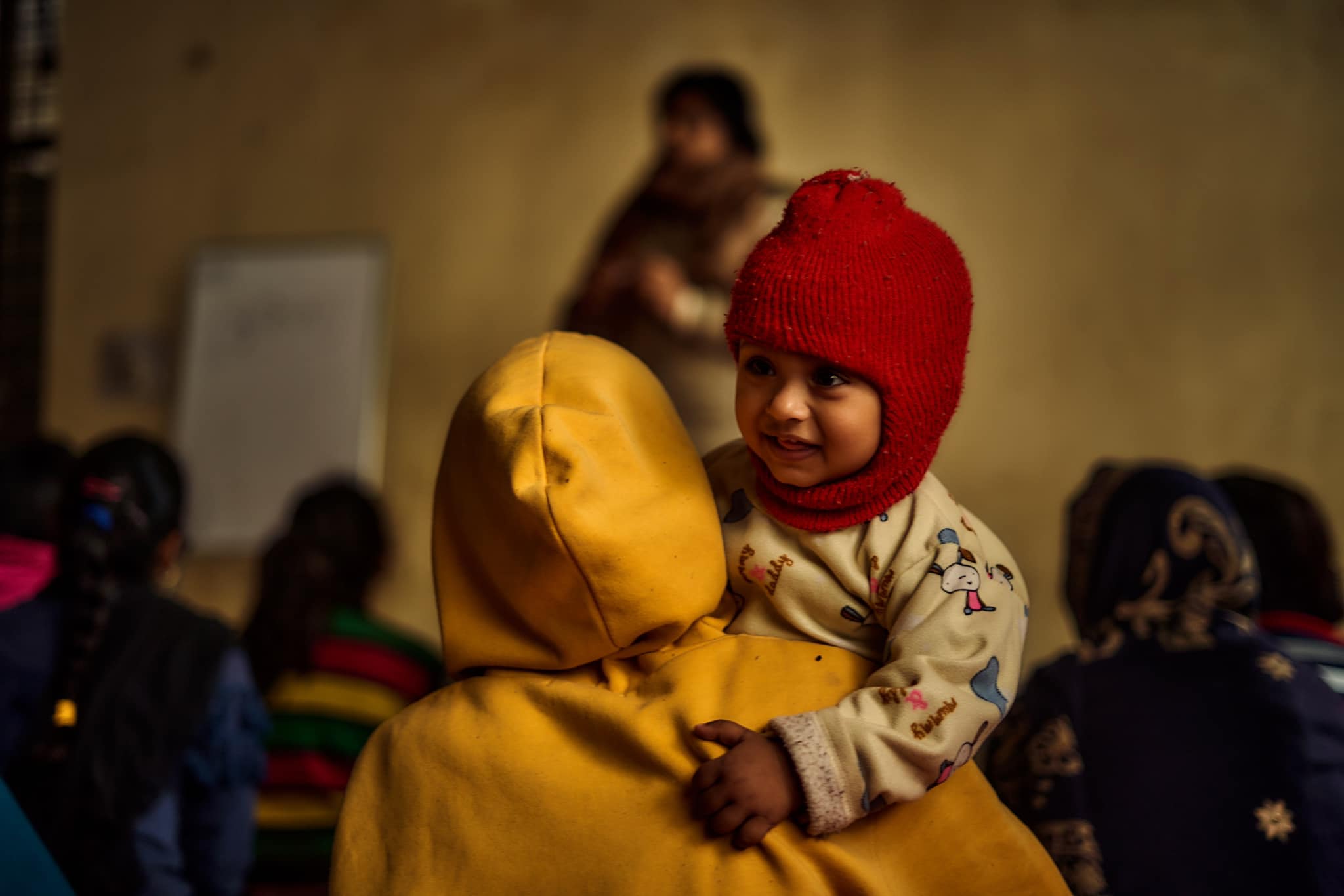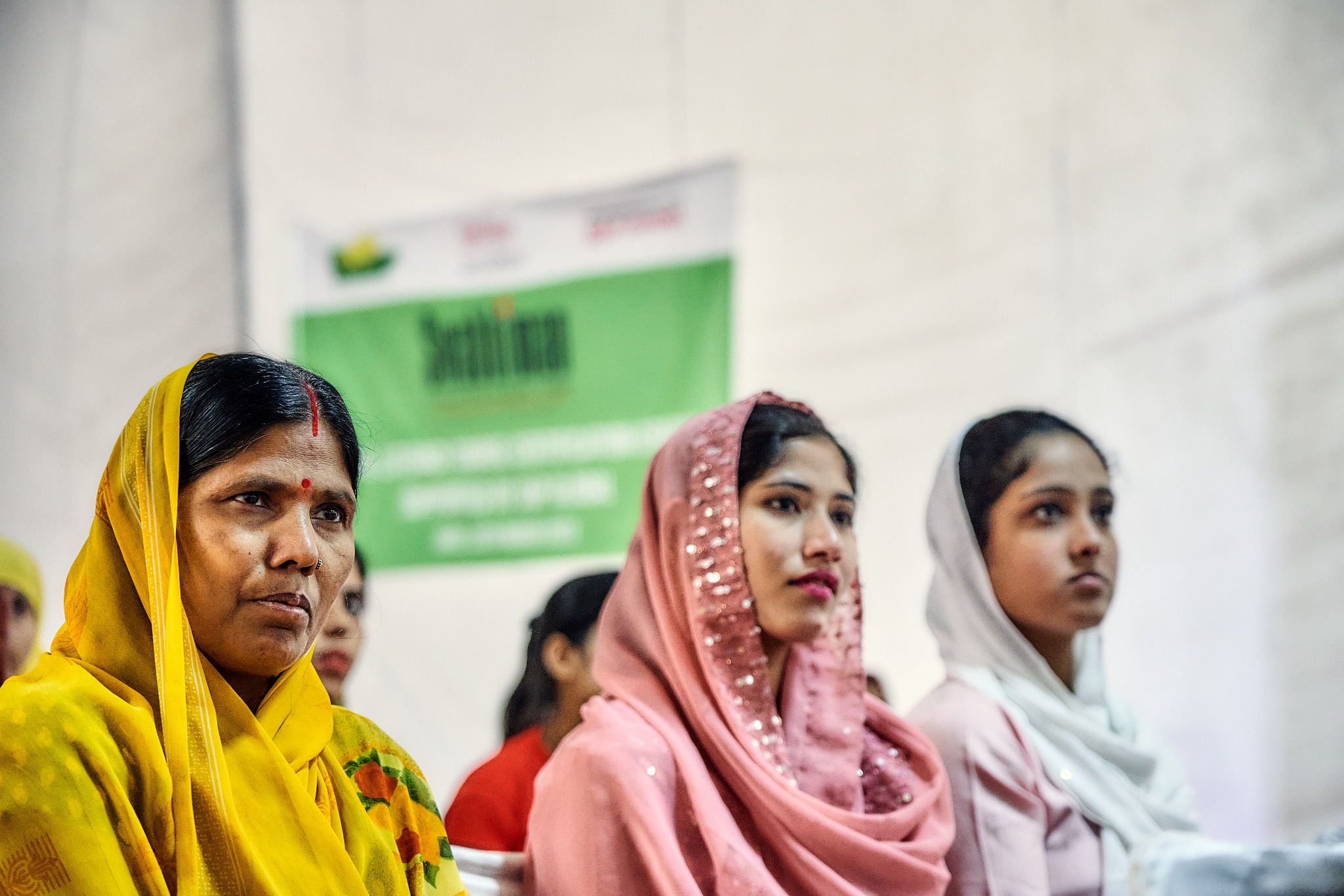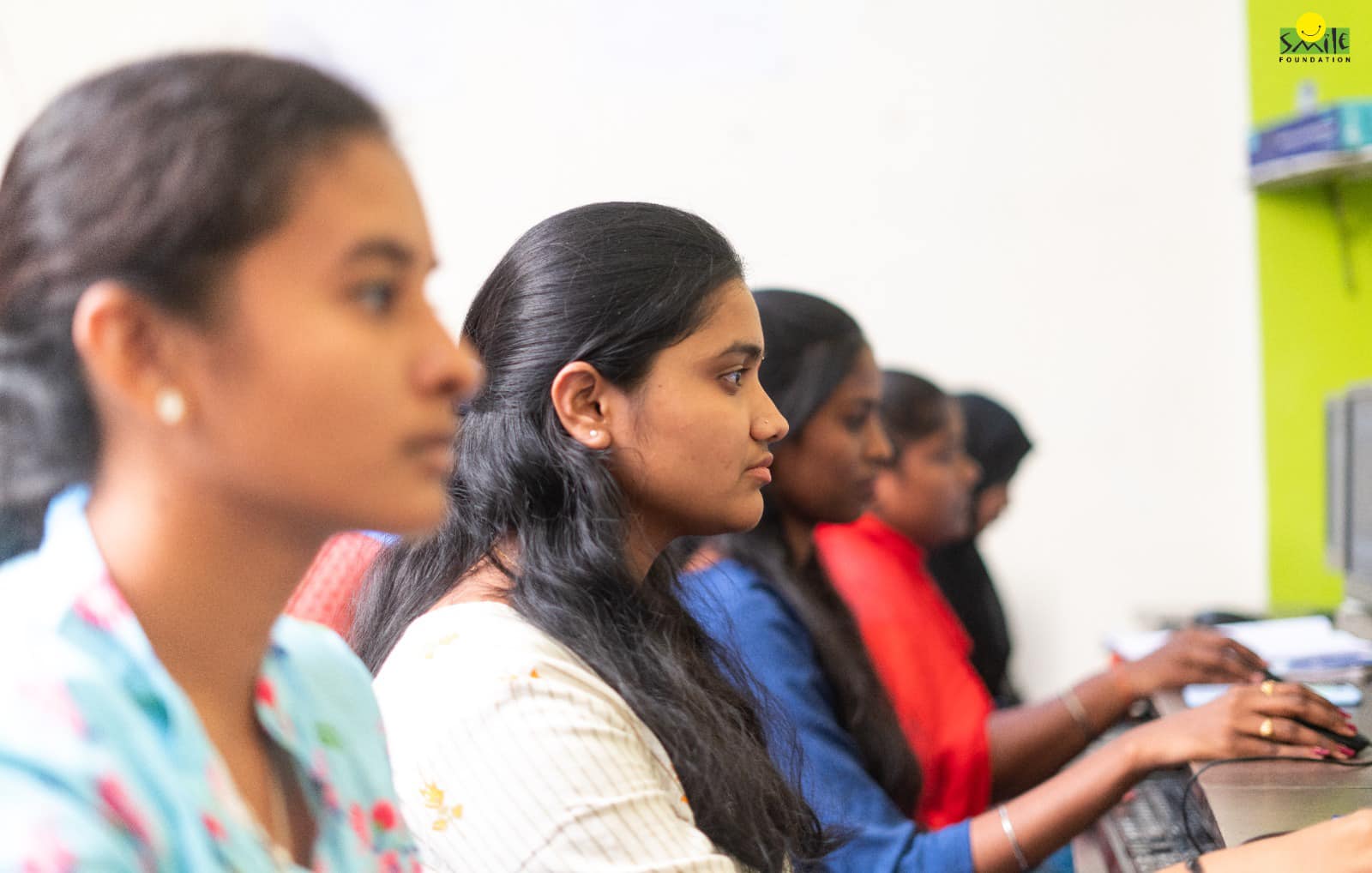Food Security and Climate Change are two issues that are extremely crucial to deal with for any country and for the entire world. While a number of policies and initiatives have been undertaken on an international and local level to address the issues of food security and climate change, with the rapidly changing climatic conditions, it is an imperative to understand the link between the two.
Before we talk about this, let us first understand what food security means. Simply put, food security is when people always have economic and physical access to food that fulfils their dietary needs. At the same time, it should also enable the people to live a healthy life. Even without the problem of climate change, food security has been a goal which the human race has never been able to achieve for its entire population.
According to the Food and Nutrition Organization (FAO) of the United Nations, more than 2 billion people around the world do not have access to essential nutrients which they need for leading a healthy life. The FAO further states that food production will have to increase by 60 per cent, as compared to where it stood in the year 2015, if the world wants to satiate
the nutritional demand of its growing population. However, this goal faces a severe threat because of climate change.
Therefore, it becomes important to discuss the impact of climate change on food security.
Climate Change and the Effect on Agriculture and Livestock
When the climate changes rapidly, as we have observed especially in the last two decades, it has a strong impact on agriculture. The FAO reports that unpredictable harvest of cereal crops in regions like Africa can be majorly attributed to factors related to climate change.
With the change in climate, the carbon dioxide concentration in the atmosphere increases, further leading to scarcity of water and increasing temperatures. This also causes extreme weather events at higher frequency.
Climate change also creates a lot of uncertainty about where and how much water will be available in the future. It has an impact on groundwater recharge as well as hydrological systems, water quality, and water temperature. Increased water scarcity brought on by climate change can be a significant obstacle to climate adaptation in many parts of the world.
One of the biggest impacts of climate change is on the people. As it disturbs the natural processes, it poses a greater threat to vulnerable communities living near coastal areas. Thus, climate change affects the people severely, making availability of nutritious food more difficult for them.
The Drastic Effects on Vulnerable Communities
As we already mentioned above, it is the vulnerable communities that suffer the most because of the ill-effects of climate change. In places like Vietnam and Bangladesh, a rise in the sea-level poses a threat to production of rice which is a staple crop in both the regions. This makes food security a matter of great concern in these regions. Further, because of non-availability of sufficient nutrition, adverse effects of climate change on health can also be felt.
The lack of nutrition affects the children most as it leads to stunting and wasting among them. Studies have found a relation between infectious diseases and the rise in temperature and humidity, which is a direct result of climate change. Temperature levels are also found to be related with use of healthcare services and mortality rates. Though less commonly researched, some health consequences have been linked to temperature, including diabetes, poor sleep, cataracts, heat stress, heat exhaustion, and kidney illnesses.
The research on the effects of climate change on health is an ongoing one, but it can be safely said indirect and direct link between the two has already been established. Increased exposure to heat, UV radiation, extreme weather events, etc., are all linked with adverse health conditions. With this happening, the people who are most affected are the ones who already suffer because of poor healthcare facilities in their region, putting the vulnerable communities at a higher risk.
Climate Change and Food Security in India
Now that we have an understanding of the adverse effects of climate change on people, let us look at how India is dealing with this problem. At the time of writing this article, scientists
had recently warned that global warming and climate changing are threatening the food security in India. According to a Hindustan Times report, three million ton of wheat output was lost in the year 2022 because of heat waves caused by climate change. This is likely to worsen in the coming years as not just India, but the entire South Asian region, struggles
with frequent and more extreme heat waves during the summers.
Indian agriculture is highly dependent on monsoons for maintaining its yield and productivity. However, changing climate conditions are disturbing the monsoon cycle which is again a threat to long-term food security in India.
The World Bank has predicted that a global mean warming of 4 degrees Celsius can lead to a 15-percent increase in year-to-year variability. This is bad news for a country like India where many regions already face high risk of drought. The Global Food Policy Report, 2022 which is published by the International Food Policy Research Institute has warned that 17 million people in India are at the risk of facing hunger induced by climate change by the year 2030. This estimate is the highest among all the countries globally.
Mitigating the Negative Effects of Climate Change
While the effects of climate change may be consistent, the solutions vary for every country according to a variety of factors like their geography, economic situation, political participation, and much more. There is an urgent need to invest in research related to adaptation of agriculture, aquaculture, and other types of food production techniques according to the changing climate conditions. Policy changes at the national and international level can provide support to communities who may be worst affected by climate change.
Food security and tackling climate change are both a global challenge and part of Sustainable Development Goals by the United Nations. The need is to come together and shift towards greener sources of energy production and achieve net-zero carbon emission targets. A global consensus and strong political will is required to act immediately so that both the short-term and long-term responses can be put into action immediately.
Smile Foundation and Food Security
Smile Foundation through its initiative, Plate Half Full provides mid-day meals in schools in rural areas and urban slums in India and sensitises the teachers and families on the need of proper nutrition. As our children grow up in times of the reality of climate change and its adverse impact on food security, efforts must be made to ensure that our children are well- fed and their nutrition demands are taken care of adequately.
Food security for our children should never be a far-off dream but a reality that they can pass off to their future generations with confidence and empathy. Let’s make it possible, today!



